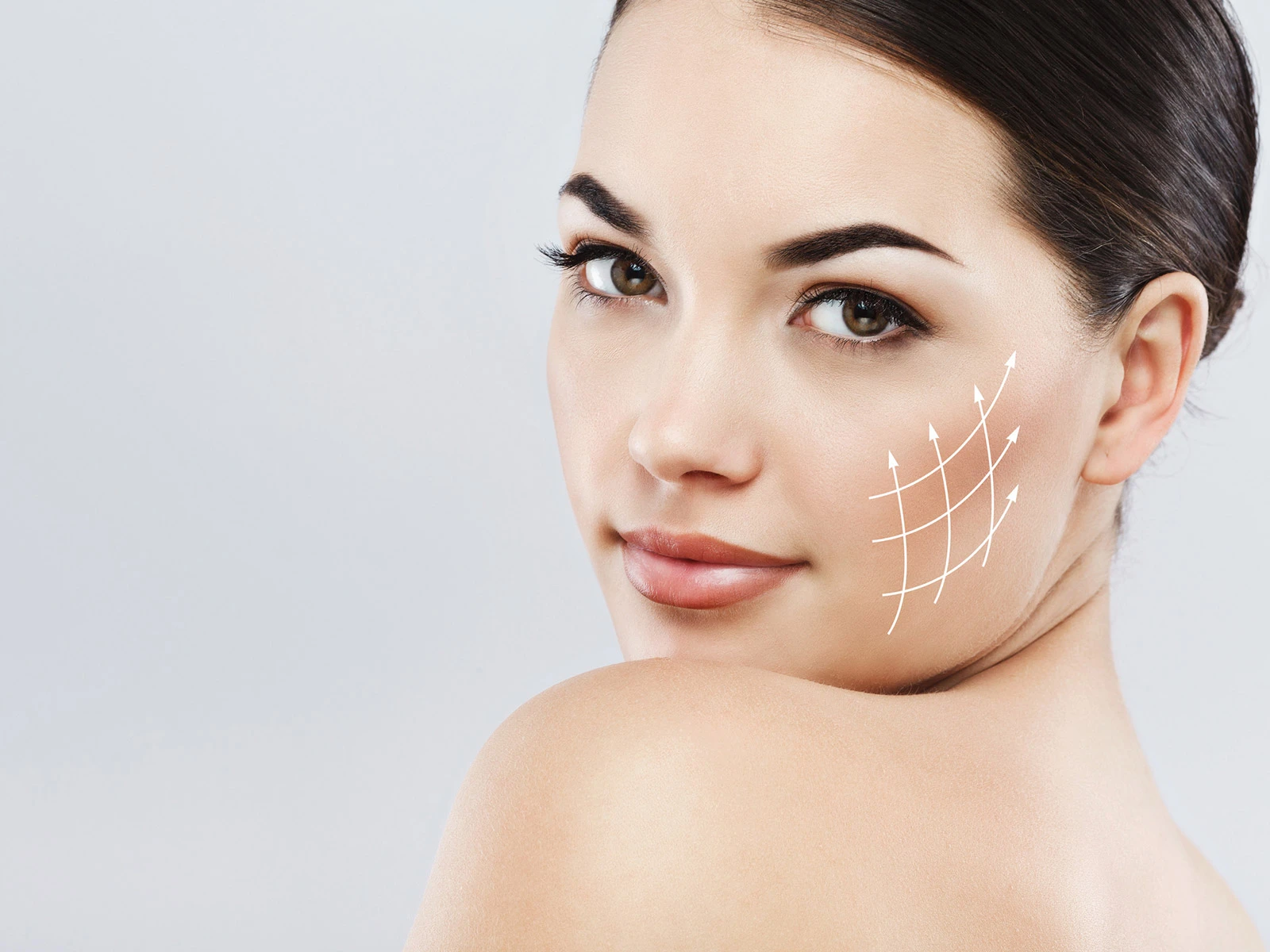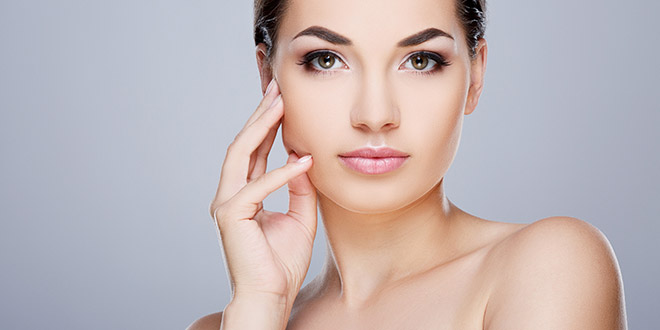More about Vampire lifting (PRP)
What is the PRP autologous therapy (vampire lifting)?
What does PRP mean in the context of autologous therapy (vampire lifting)?
What are the treatment successes with PRP autologous therapy (vampire lifting)?
Where can PRP autologous therapy (vampire lifting) be applied?
What are the risks and side effects of PRP autologous therapy (vampire lifting)?
When can the PRP autologous therapy (vampire lifting) not be applied?
How is PRP harvested?
How long does the success of PRP autologous therapy (vampire lifting) last?
Which treatments can be used in combination with PRP autologous therapy (vampire lifting)?
What is the advantage of PRP autologous therapy (vampire lifting)?
What are the costs of PRP autologous therapy (vampire lifting)?
PRP autologous therapy (vampire lifting) is a very effective method of skin tightening and skin renewal without surgery. The background of PRP autologous therapy is that aging processes are caused by the fact that the body can no longer replace dying or diseased cells, or cannot replace them fast enough. Self-healing powers decrease over the course of life. Wounds heal more slowly, hair falls out and the face loses volume, causing wrinkles.
This aging process can be positively influenced by the body's own growth factors by stimulating the cells to regenerate. PRP, which is used in autologous therapy, contains a high concentration of these endogenous growth factors. As a result, PRP autologous therapy leads to a strong regeneration of the skin. It creates new collagen, elastin and young cells are formed. That's why PRP autologous therapy injects active PRP cells from the own blood into the skin. Through PRP autologous therapy, the skin looks firmer and smoother. The skin looks younger again and it improves shine and radiance. With PRP autologous therapy, skin folds can be smoothed and the facial structure regenerated.
The abbreviation PRP means platelet rich plasma, which are platelet cells in our blood. For autologous therapy, the very high amount of platelets that contain growth factors and proteins is particularly important.
PRP autologous therapy (vampire lifting) can achieve wrinkle smoothing and rejuvenation of the skin texture. The growth factors of PRP stimulate the cell renewal and regeneration of the cells very strongly, visibly improving the appearance of the skin. Immediately after the PRP autologous therapy, a slight tightening of the skin is already noticeable. In the days and weeks after the procedure, the growth factors of PRP cause the skin to strengthen and renew itself.
PRP autologous therapy can be used for general rejuvenation and regeneration in almost all areas of the body. The origins of PRP autologous therapy lie partly in stem cell research and it is now used very successfully for the regeneration and revitalization of skin, connective tissue, scars, muscles, joints and hair roots.
Most commonly, PRP autologous therapy is used for skin tightening and skin renewal on the face, neck and décolleté. In addition to the cosmetic regeneration of the skin or as a lifting method, PRP autologous therapy is also used to promote hair growth, to aide wound healing, and in the fields of orthopedics and sports medicine. Many top athletes are treated after injuries with PRP autologous blood therapy in order to shorten the regeneration processes significantly.
The risks of PRP autologous therapy are very low as it uses one's own blood. The injections can, in rare cases, cause bruising, redness and swelling.
The contraindications of PRP autologous therapy are all diseases that can be transmitted by blood. For safety reasons, no treatments should be performed in such cases. For safety reasons, we do not perform any PRP autologous therapy during pregnancy. Areas affected by skin diseases such as atopic dermatitis or psoriasis should not be treated. All medications that result in limited blood clotting (eg aspirin, ibuprofen, etc.) must be discontinued at least 10 days prior to treatment.
To obtain PRP, about 15 ml of your own blood is taken. The blood is then centrifuged immediately in a special machine. By centrifuging, the red blood cells separate from the blood plasma. From 15 ml of blood, about 10ml PRP can be harvested. Only this PRP is now injected into the skin for autologous therapy. In addition, concurrent treatment by microneedling ensures a great result.
In general, the results of a pure PRP autologous therapy are visible for about 12 to 18 months. We recommend a refresher of the treatment after about one year to maintain or even improve the results achieved.
An optimal combination for PRP autologous therapy is microneedling. This has the advantage that the PRP can be introduced directly into the skin through the microneedle- developed open channels without having to be injected additionally. As a result, each therapy has a boosted effect.
The key to the success of PRP autologous therapy is above all the number of living platelets in PRP, which contain the necessary growth factors. The higher the number of living platelets, the greater the success. We use a special medical centrifuge, which not only centrifuges the blood horizontally, but also at a specific angle, which prevents the platelets from sticking together. Also, the centrifuge does not stop immediately, but has a slow start and gentle stop. This also prevents sticking and more active platelets are recovered. Depending on the type and method of centrifugation, the PRP may contain between 40% and 95% active platelets.
The cost of PRP autologous therapy (vampire lifting) depends on the area, the cycles and possible combination therapies such as microneedling. Costs are calculated following an initial examination and discussion.
- What is PRP / Vampire Lifting?
- What does PRP mean?
- Achievements of PRP autologous therapy
- Where can the PRP therapy be used?
- Risks and side effects of vampire lifting
- When can the self-blood therapy not be used?
- How is the PRP harvested for vampire lifting?
- How long does the PRP effect last?
- With which treatments can PRP be combined?
- Benefits of PRP self-blood therapy
- Cost of vampire lifting




